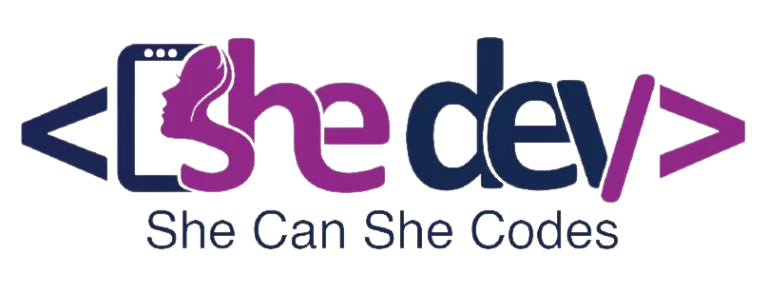Have you ever scrolled through web pages and wondered what could be the Structure of a Website? How these webpages are linked to one another? And how they are made so accessible?
Websites are dedicated to providing information to internet users. The major purposes of creating a website are to spread awareness, for sales and marketing, and, to provide information. Billions of internet users around the globe rely on websites and the information that they provide.
Before understanding the structure of a website, you should know what a website is and how we can access different websites.
What is a Website?
A website is a combination of various web pages which are made up of programming languages. The structure of a website consists of a homepage and its subcategories, navigation bars, and individual posts.
Web pages contain co-related information and are linked with each another. A typical website is created in a pyramid structure that starts with the main page at the top and spreads out as you move downwards.
To make a website available to everyone across the internet, it is stored in a web server connected to the internet. All the publicly accessible websites constitute the world wide web (WWW) while the private websites can be accessed on a private network e.g company’s internal website.
Regarding the structure of a website, the primary job of a front-end website developer is to talk to the web browser using HTML, CSS, JavaScript, and many other major languages.
Let us talk about the basic concepts for now but first, you should know what a web browser is.
Web Browser
A web Browser is software that is used to run websites. In simple words, it is an application used to access and view texts and other information on the website. Some examples of web browsers are Internet Explorer, Google Chrome, Mozilla Firefox, and Apple Safari. Images and texts on a web page can include hyperlinks to other pages.
Web developers use programming languages to interact with web pages. They create and customize according to the need. The set of instructions is written in specific languages to perform specific tasks and actions.
The languages that these browsers understand are HTML, CSS, and JavaScript also known as the three layers of a web page. These computer languages form the basis of the structure of a website.
HTML
The very first layer of a web page is the Structural layer created with HTML. HTML stands for Hyper Text Markup Language, which is the standard markup language for creating Web pages.
It consists of a series of elements and tags that tell the browser how to display the content. The elements label the pieces of content such as headings, paragraphs, hyperlinks, etc.

CSS
CSS is the Presentational layer, focused on the aesthetics of the web page. Cascading Style Sheet is a very simple design process that is used for making web pages a lot more presentable. CSS allows us to put styles to customize our web pages and is used for specifying how documents are presented to users — how they are styled, laid out, etc.
JavaScript
The third layer of the structure of a website is the Behavioral Layer. We need JavaScript to add action to a web page. JavaScript has a unique position as the most widely adopted browser language with full integration in HTML/CSS. For example, if we have added a “Button” by using HTML, JavaScript will enable us to add any action with the click of that button.
Website Frameworks
The existing templates and frameworks pave the way for developers while coding for the applications. They are pre-coded and are available across the internet.
Bootstrap is one of them; It is the most widely used and popular HTML, CSS, and JavaScript framework. Bootstrap helps in developing mobile-friendly and responsive web pages.
The structure of a website consists of three layers. Each of these is responsible for a particular quality of the website.


